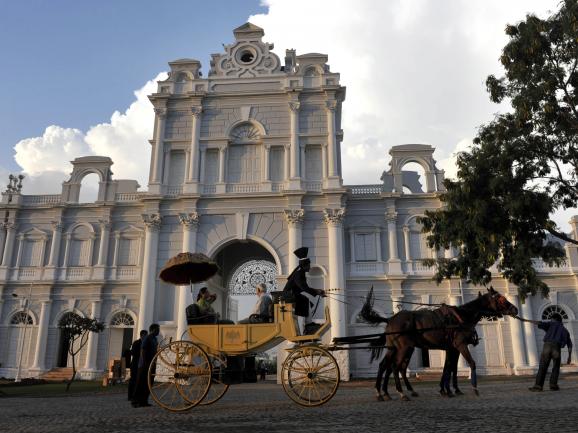Telangana, on the arid Deccan plateau, is due to be carved out of the southern state of Andhra Pradesh, India's fifth most populous state, with a population of 85 million.
The demand for a separate state, endorsed by the central government last week, has simmered for half a century, rooted in history, religion and economics (see sidebar, left). Now, after 60 years of intermittent agitation, Telangana is closer than ever to winning autonomy.
Telangana would be the latest in a long list of states created since the end of British colonial rule in 1947.
The argument for going small is beguiling. Ostensibly, it produces a more nimble, responsive government. But that hasn't necessarily been the case.
Twelve years ago, for example, three megastates — Madhya Pradesh, Bihar and Uttar Pradesh — were split, and the small states of Chhattisgarh, Jharkhand and Uttarakhand were created, respectively.
The Times of India reviewed the performance of India's most recent states, and the results were decidedly mixed. It found that infant mortality fell across the board. But smaller wasn't necessarily better when it came to economic output and eradicating illiteracy, for example.
With a population of 35 million, Telangana will be one more small Indian state, prone to drought and infiltration by India's Maoist militants known as Naxals, who could take the opportunity to stir up more trouble during a politically sensitive moment.
Many argue that the splitting of Andhra Pradesh into two states is being done for political — not altruistic or administrative — reasons.
Amid charges of political opportunism, the Congress Party of Sonia Gandhi says it has backed Telangana for over a decade. Others say it is a crafty move that allows the party to take credit for statehood and the chance to win all 17 parliamentary seats in the new state in next year's election.
Moreover, critics worry that the move has opened a Pandora's box by fanning the flames of other long-simmering separatist movements.
In recent days, separation fever has boiled over in the Darjeeling hills as the outcry sharpened for a new state of Gorkhaland to be carved out of West Bengal. Last week, an activist set himself on fire, while government employees began to flee after a series of arson attacks. Over the weekend, statehood advocates launched an indefinite strike to press their demand for statehood, which supporters claim is older than Telangana's.
Blaming the central government for the fresh agitation, West Bengal Chief Minister Mamata Banerjee declared, "Darjeeling is part and parcel of West Bengal. We will stay united." She reportedly sought five companies from the Central Reserve Police Force to be deployed in Darjeeling in a bid to curb violence.
Statehood aspirations are also roiling in the far-flung northeast state of Assam, where ethnic groups such as the Bodo and Karbi are renewing protests — sometimes violent — for independent territories. The state has already gone under the knife before, in the 1980s, when the states of Arunachal Pradesh and Mizoram were carved out of Assam.
Meanwhile, the state of Maharashtra faces the possibility of mineral-rich Vidarbha breaking away. Uttar Pradesh, the country's largest state, faces calls to be split further. Also looming is the old specter of dividing up the conflict-ridden Jammu and Kashmir.
Would these new states make for a happier India? A stronger India? A more secure or less secure India?
India's own recent history has shown that breaking up is not only hard to do, it may not be the panacea those who promote it believe it to be.








0 comments:
Post a Comment